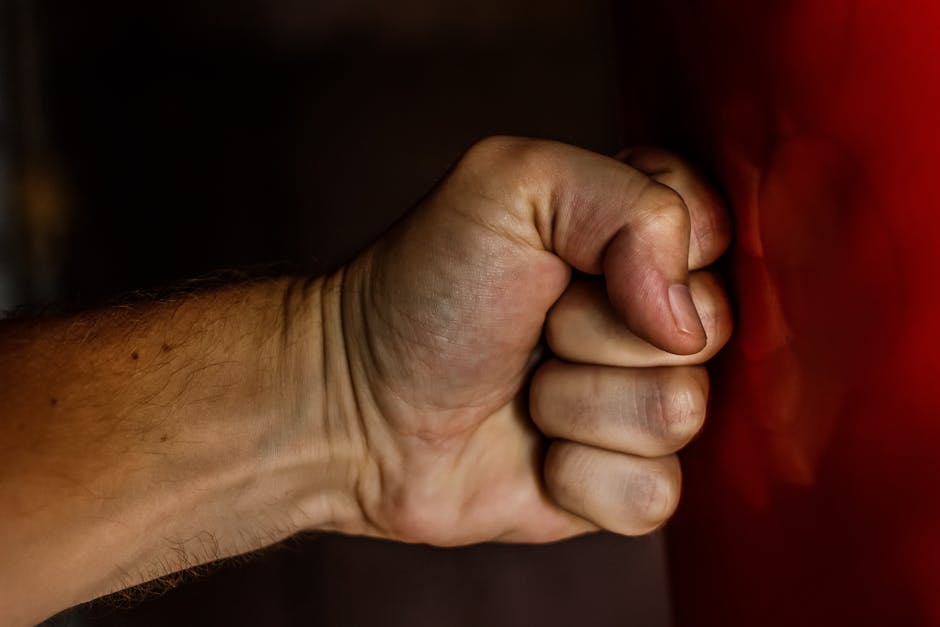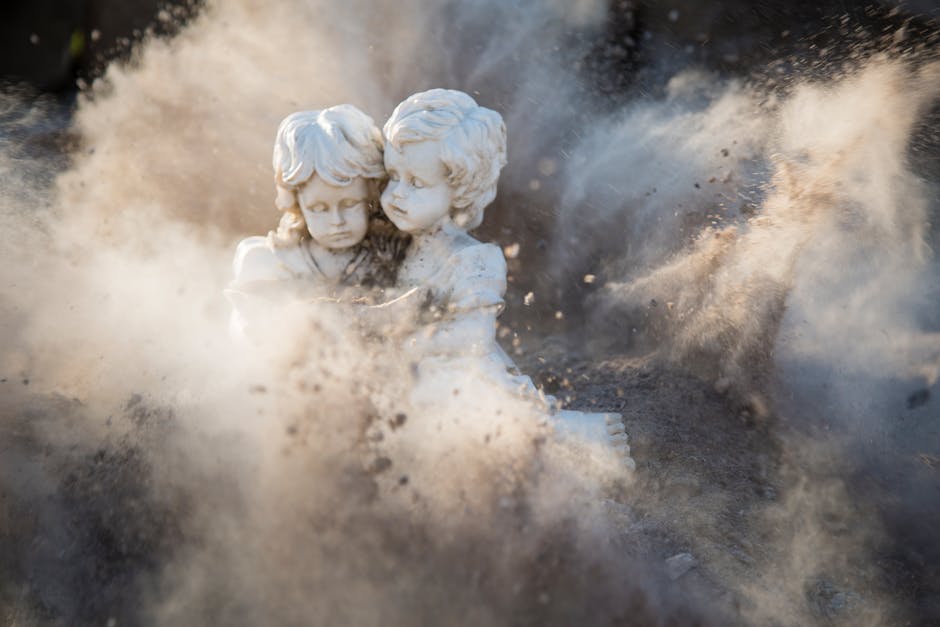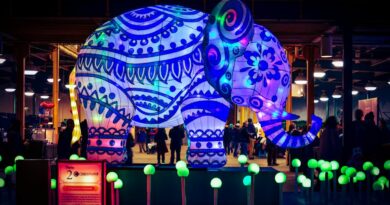The Impact of Arts on Society
When we think of the arts, we often envision paintings hanging in galleries, dancers gracefully moving across a stage, or musicians captivating audiences with their melodies. However, the impact of arts extends far beyond mere entertainment. In fact, the arts have a profound influence on society, shaping culture, sparking social change, and fostering empathy and understanding among individuals. In this comprehensive exploration, we delve into the intricate relationship between arts and societal impact, uncovering the transformative power of creative expression.
The Evolution of Arts in Society

Throughout history, the arts have played a pivotal role in shaping the cultural landscape of society. From cave paintings dating back thousands of years to the Renaissance period that gave birth to iconic masterpieces, art has served as a reflection of society’s values, beliefs, and aspirations. Artists have often been at the forefront of societal change, using their creativity to challenge norms, provoke thought, and inspire action.
For example, the Harlem Renaissance of the 1920s and 1930s was a cultural movement that celebrated African American art, music, and literature, challenging racial stereotypes and promoting social equality. Artists like Langston Hughes and Jacob Lawrence used their work to address issues of racial injustice and discrimination, sparking important conversations and paving the way for future generations of artists.
The Role of Arts in Education

One of the most significant ways in which the arts impact society is through education. Studies have shown that exposure to arts education can improve academic performance, enhance creativity, and foster critical thinking skills. By integrating arts into the curriculum, schools can provide students with a well-rounded education that nurtures their artistic talents and instills a lifelong appreciation for creativity.
Furthermore, arts education has been shown to have a positive impact on students’ social and emotional development. Through artistic expression, children learn to communicate their thoughts and emotions, develop empathy towards others, and build confidence in their own abilities. This holistic approach to education not only benefits individual students but also creates a more inclusive and compassionate society as a whole.
The Arts as a Tool for Social Change

Art has long been recognized as a powerful tool for social change, capable of challenging injustices, raising awareness of important issues, and mobilizing communities towards action. Whether through visual art, music, dance, or theater, artists have the ability to shine a spotlight on social issues and inspire audiences to advocate for change.
For instance, the AIDS Memorial Quilt, created in the 1980s to honor those who had died from the disease, became a poignant symbol of the devastating impact of HIV/AIDS and helped raise awareness and funds for research and support services. Similarly, street artists around the world have used their work to protest political corruption, advocate for human rights, and amplify the voices of marginalized communities.
The Economic Impact of the Arts

Beyond their cultural and social significance, the arts also have a significant economic impact on society. The creative industries, including visual arts, performing arts, film, design, and more, contribute billions of dollars to the global economy each year, creating jobs, attracting tourists, and driving innovation. In addition to their economic value, the arts also contribute to the overall quality of life in communities, enhancing cultural vibrancy and social cohesion.
For example, cities like New York, Paris, and London are renowned for their vibrant arts scenes, drawing visitors from around the world to experience museums, theaters, galleries, and cultural events. These cultural hubs not only provide economic benefits through tourism and job creation but also enrich the lives of residents by offering diverse artistic experiences and opportunities for creative expression.
The Intersection of Technology and Arts
In the digital age, technology has transformed the way we create, consume, and interact with art. From virtual reality exhibitions to online performances to digital art platforms, technology has opened up new possibilities for artistic expression and engagement. Artists are now able to reach global audiences, collaborate with creators from different backgrounds, and experiment with innovative mediums that were previously inaccessible.
Moreover, technology has democratized the arts, making them more inclusive and accessible to people from all walks of life. Online art classes, virtual galleries, and digital storytelling platforms have made it easier for individuals to explore their creativity, connect with others, and share their artistic talents with the world. This digital revolution has not only expanded the reach of the arts but also sparked new conversations about the role of technology in shaping the future of creative expression.
Arts and Mental Health
The arts have also been shown to have a positive impact on mental health and well-being. Engaging in creative activities like painting, dancing, or playing music can reduce stress, anxiety, and depression, providing a therapeutic outlet for individuals to express their emotions and cope with life’s challenges. Art therapy, in particular, has been recognized as an effective intervention for individuals struggling with mental health issues, offering a non-verbal means of communication and self-exploration.
Furthermore, participating in arts and cultural events can foster a sense of connection and community, combating feelings of isolation and loneliness. Whether attending a concert, visiting a museum, or joining a dance class, engaging with the arts can create opportunities for social interaction, personal growth, and emotional healing. By promoting self-expression and creativity, the arts play a crucial role in supporting mental health and holistic well-being.
Expert Opinions: The Power of Arts in Society
According to renowned artist and activist Ai Weiwei, “Art is not a handicraft, it is the transmission of feeling the artist has experienced.” In his view, art has the capacity to evoke emotions, challenge perceptions, and inspire change, making it a vital force in shaping society. Similarly, psychologist and author Mihaly Csikszentmihalyi has emphasized the importance of creativity in human experience, stating, “Of all human activities, creativity comes closest to providing the fulfillment we all hope to get in our lives.”
These expert opinions underscore the transformative power of arts in society, highlighting their ability to provoke thought, evoke emotion, and foster connections among individuals. By harnessing the creative potential of the arts, we can address complex societal challenges, promote social justice, and cultivate a more compassionate and inclusive world for future generations.
Common Misconceptions About Arts and Societal Impact
Despite the myriad benefits of the arts, there are still common misconceptions that persist about their impact on society. One prevalent misconception is that the arts are merely a form of entertainment with little practical value. In reality, the arts play a vital role in education, social change, economic development, and mental health, enhancing the quality of life for individuals and communities.
Another misconception is that art is a luxury reserved for the elite, inaccessible to the general public. However, efforts to democratize the arts through community programs, public art installations, and online platforms have made artistic experiences more inclusive and equitable. By breaking down barriers to participation, the arts can reach a broader audience and have a more significant impact on society as a whole.
Conclusion: Embracing the Transformative Power of the Arts
In conclusion, the arts have a profound impact on society, influencing culture, driving social change, fostering creativity, and promoting well-being. By recognizing the transformative power of creative expression, we can harness the potential of the arts to address pressing societal issues, build connections among diverse communities, and create a more vibrant and inclusive world for all. As we continue to explore the intersection of arts and societal impact, let us embrace the rich diversity of artistic expression and celebrate the enduring legacy of creativity in shaping our shared human experience.
Remember, the arts are not just a mirror reflecting society; they are a beacon guiding us towards a brighter, more compassionate future. Let us nurture the creative spirit within us and support the arts in all their forms, for they have the power to inspire, challenge, and transform the world around us.




